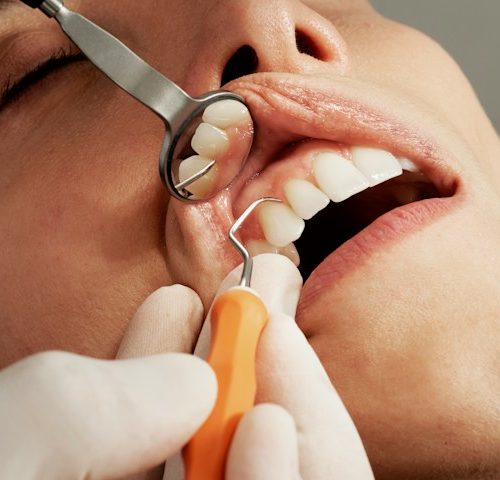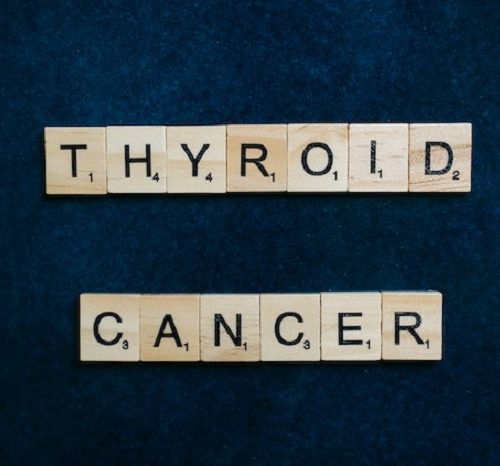A trip to the dentist can often induce anxiety in many individuals. However, sedation dentistry has emerged as a game-changer in the realm of dental care, revolutionizing the patient experience and promoting better oral health. With its ability to alleviate anxiety, enhance comfort, manage pain, foster cooperation, save time, and prioritize safety, sedation dentistry offers a remarkable avenue for individuals to receive the dental care they need with peace of mind and improved overall well-being. For those who still hold back from taking a trip to the dentist, below are some of the reasons why you should consider taking sedation dentistry for a better experience.
1. Reduced Anxiety and Fear
Among the critical advantages of sedation dentistry lies its remarkable ability to alleviate the anxiety and fear associated with dental visits. Dental phobia affects a significant portion of the population, often leading to avoiding crucial dental treatments. Through the administration of sedation techniques such as nitrous oxide (affectionately known as laughing gas), oral sedatives, or intravenous sedation, dentists can cultivate a serene and anxiety-free environment. Consequently, patients experience heightened relaxation, enabling them to undergo dental procedures without triggering overwhelming fear or discomfort. But first, you should consider your sedation dentistry cost before applying for the procedure.
2. Increased Comfort and Relaxation
Sedation dentistry takes comfort and relaxation to new heights during dental treatments. By employing sedative medications, profound peace is induced, effectively diminishing physical tension and fostering an aura of tranquility. Remarkably, patients often report a perception of time distortion, as if their dental procedures ended in a shorter duration than they did. This elevated level of comfort and relaxation empowers dentists to work more efficiently, delivering quality dental care while minimizing patient discomfort—a win-win situation.
3. Practical Pain Management
Dental procedures can occasionally result in pain or discomfort, making effective pain management a crucial aspect of sedation dentistry. To ensure a pain-free experience, sedation techniques are commonly combined with local anesthesia, numbing the treatment area. Sedation also acts as a potent tool in alleviating sensitivity and reducing pain perception, culminating in an overall heightened level of comfort during and after the procedure. With pain effectively managed, patients can undergo necessary dental treatments with minimal distress, contributing to a positive and pain-free dental journey.
4. Enhanced Cooperation and Treatment Completion
Cooperation can pose a challenge for patients with special needs or those requiring complex dental treatments. This is where the significance of sedation dentistry truly shines, facilitating optimal patient cooperation and treatment completion. Sedation empowers patients with special needs or undergoing lengthy procedures to remain comfortable and composed by inducing a relaxed state, enabling dentists to perform intricate treatments effectively. The result is a seamless and cooperative experience that leads to successful treatment outcomes and overall patient satisfaction.
5. Improved Time Efficiency
Enduring lengthy procedures can be arduous for patients undergoing extensive dental work. Sedation dentistry enhances time efficiency by enabling patients to tolerate prolonged treatment sessions. By reducing anxiety and increasing comfort, dentists can perform multiple procedures in one visit, eliminating the need for multiple appointments. This time-saving advantage benefits patients and dental professionals, making dental care more convenient, efficient, and satisfying.
7. Elevated Safety and Rigorous Patient Monitoring
Safety stands as a paramount concern in dentistry, and sedation dentistry incorporates comprehensive patient monitoring throughout the procedure to ensure optimal safety. Dentists and their highly trained staff diligently observe vital signs, including heart rate, blood pressure, and oxygen levels, guaranteeing the patient’s well-being throughout the sedation process. By employing state-of-the-art monitoring equipment and adhering to established protocols, the safety of sedation dentistry is further bolstered, providing patients with an assurance of care and tranquility throughout their dental experience, and lowering sedation dentistry costs.






